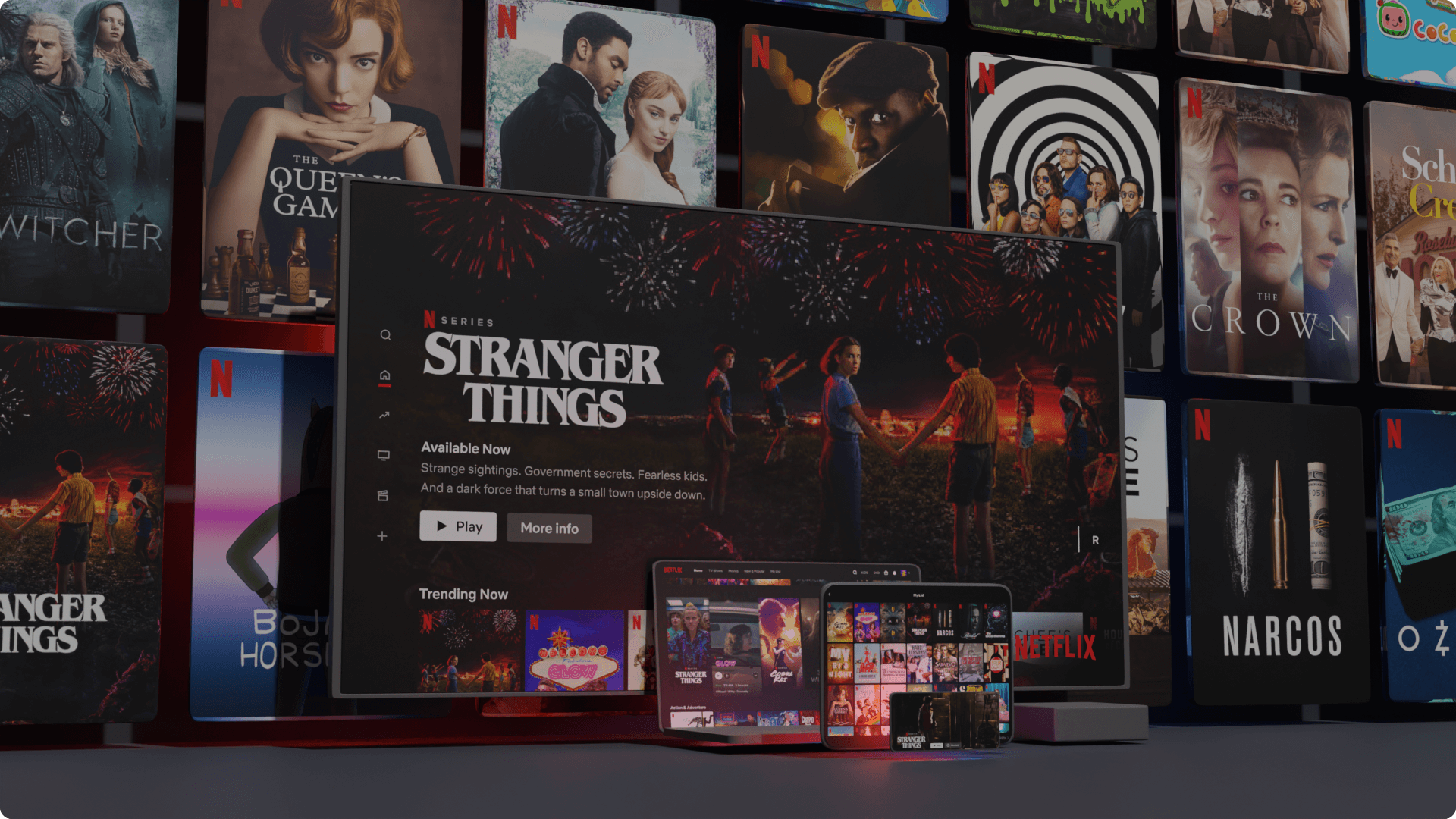For the first time in the past decade, Netflix announced that it lost subscribers in a quarter.
The announcement was made by the streaming giant during its recent earnings call where it also shocked investors by forecasting that its number of subscribers would fall by another 2 million in the current quarter, to about 219.6 million, after declining about 200,000 in the first quarter of 2022.
Netflix shares plummeted over 25%, shaving $30 billion off the company’s market valuation after this announcement was made.
Netflix previously told shareholders it’s expected to add 2.5 million net subscribers during the first quarter. During the same period a year ago, Netflix added 3.98 million paid users.
The company said it would have seen 500,000 subscriber net additions during the most recent quarter, but for the suspension of its service in Russia and the winding-down of all Russian paid memberships which resulted in a loss of 700,000 subscribers.
Netflix attributed the slowdown in part to saturation in its biggest markets, it also acknowledged the impact of rising competition from streaming services launched by traditional media groups such as Disney, Warner Bros Discovery and Paramount.
In the wake of its loss of subscribers, Netflix wants to maximise revenue from existing subscribers and viewers. To do this, the company is now looking into cracking down on password sharing, an act Hastings once described as ‘a positive thing’ a few years ago.
On the earnings call, Hastings said, “We’re thinking of how to monetise sharing. We’ve been thinking about that for a couple of years. When we were growing fast it wasn’t a high priority to work on, now we’re working super hard on it.”
Netflix estimates that there are about 100 million households that share passwords. The company has already started testing ways to prevent sharing passwords. COO Greg Peters explained on the call that Netflix is not planning to eliminate sharing passwords but most likely charge a premium on users who want to share their accounts with friends and family.
To curb the loss of subscribers Netflix is now planning to introduce lower-priced, ad-supported plans. This announcement hints that the company is open to exploring an alternative business model, considering that Netflix has raised prices 6 times in the last 8 years, making subscriptions twice as expensive as they were in 2014.
“Those who have followed Netflix know that I have been against the complexity of advertising and a big fan of the simplicity of subscription,” Hastings said. “But as much as I am a fan of that, I am a bigger fan of consumer choice, and allowing consumers who would like to have a lower price and are advertising-tolerant to get what they want makes a lot of sense.”
In Africa, Netflix has had a difficult time penetrating the mass market due to its high subscription price. Last year, the streaming giant introduced a $3.99 mobile-only plan that costs 50% less than the standard plan.
Unlike the typical 30 days trial which gives users access to Netflix’s full library for a limited time, in this free plan, Netflix is only making about one-quarter of its movies and television shows catalogue available. Even at that, the $3.99 is still a lot to ask from many Africans, as 490 million people in Africa live under the poverty line of $1.90/day according to a 2021 UN estimate.
The ad-supported model might be Netflix’s best chance at unlocking growth on the African continent, which consists of an audience that might not be able to pay higher prices but is comfortable with ads.











